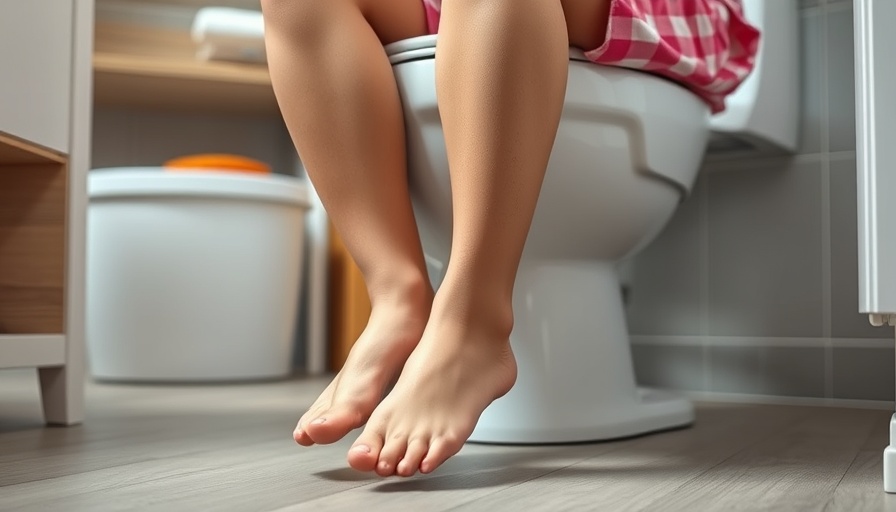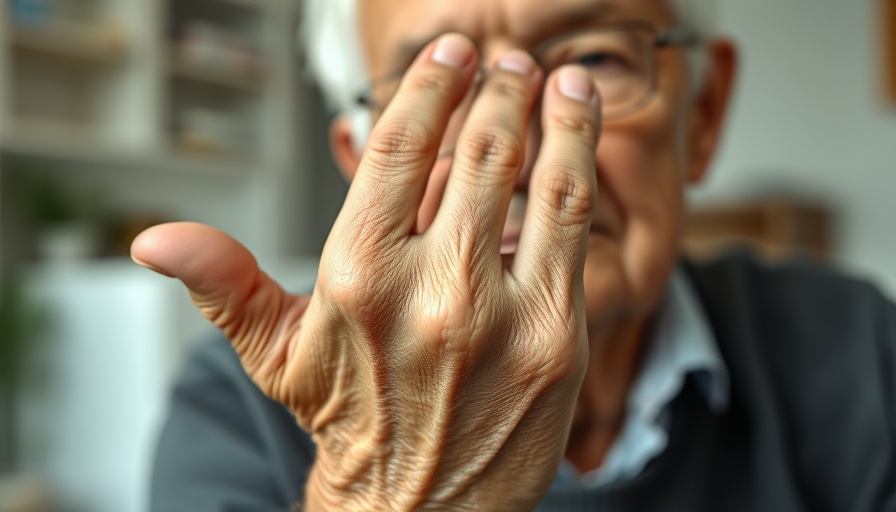
Are Your Bathroom Habits Secretly Putting You at Risk?
Our reliance on smartphones has reached a point where even our bathroom breaks are now accompanied by scrolling through social media or checking emails. However, new research indicates that this common habit could have unintended consequences on our health, specifically regarding hemorrhoids.
Understanding the Connection Between Phone Use and Hemorrhoids
A recent study published in PLOS One examined the habits of 125 adults undergoing colonoscopies. The findings revealed that a staggering two-thirds of participants admitted to using their phones while on the toilet. More concerning was the fact that longer toilet visits—which often surpass five minutes—were correlated with increased usage of smartphones. Those who indulged in this screen time were found to have a 46% greater risk of developing hemorrhoids.
The Pressure of Prolonged Sitting
Hemorrhoids are swollen veins that can develop due to excessive pressure in the rectal area, often exacerbated by prolonged sitting. Unlike a chair, the open toilet seat provides less support for the pelvic floor, contributing to increased strain. Experts suggest that it’s not just the act of straining but rather the duration spent seated on the toilet that significantly impacts this risk.
Best Practices for Healthy Bathroom Habits
With studies indicating a link between smartphone usage and hemorrhoid risk, it may be time to reconsider our bathroom routines. Here are some helpful tips to decrease your risk:
- Limit Phone Use: Challenge yourself to leave the phone in another room during bathroom visits.
- Keep It Short: Aim to complete your business within a few minutes to minimize strain which can lead to hemorrhoids.
- Stay Active: Incorporating regular physical activity not only supports digestive health but also enhances overall well-being.
- Focus on Fiber: Maintaining a high-fiber diet is essential for healthy bowel movements and can ease the strain during toilet time.
Seek Further Research and Take Action
While this study is a stepping stone in understanding the relationship between smartphone use and an increased risk of hemorrhoids, it also highlights the necessity for more extensive research. For now, being aware of your habits can be the first step towards maintaining a healthy lifestyle. Taking measures to prioritize your health can prevent discomfort down the line.
Make small changes today for a more positive and proactive approach to your health and well-being!
 Add Row
Add Row  Add
Add 




Write A Comment